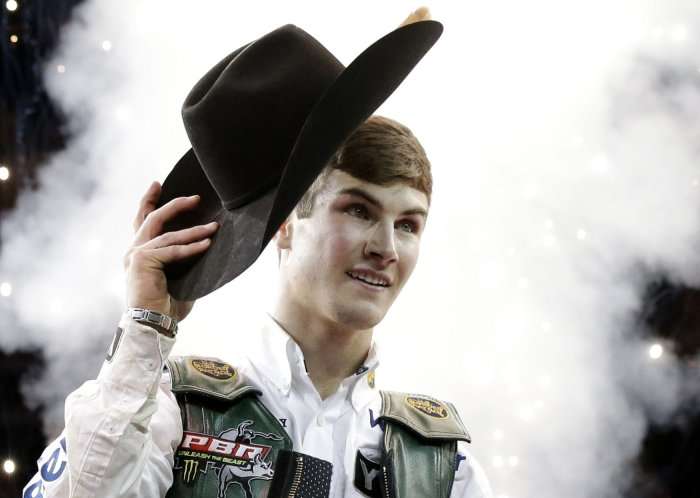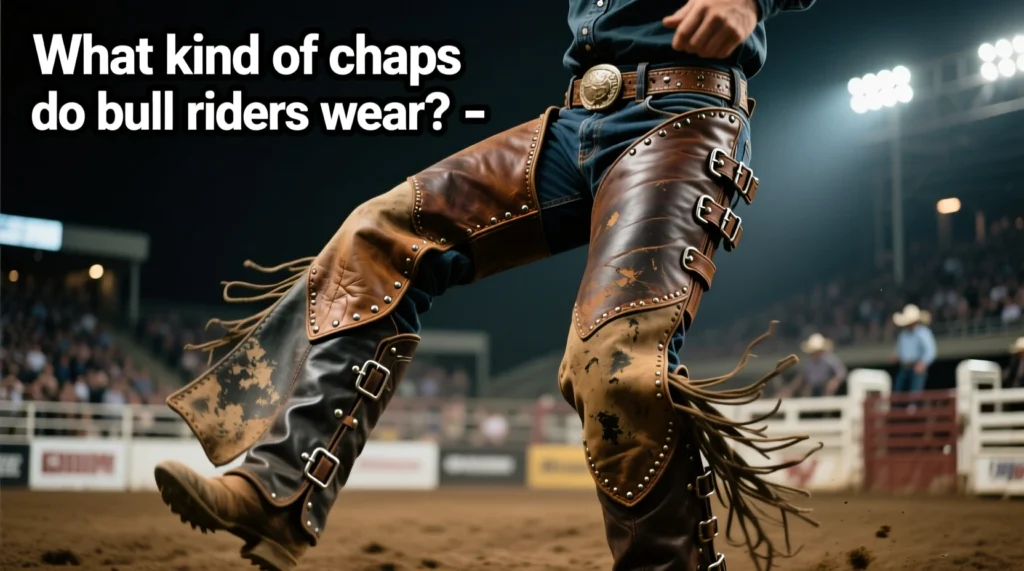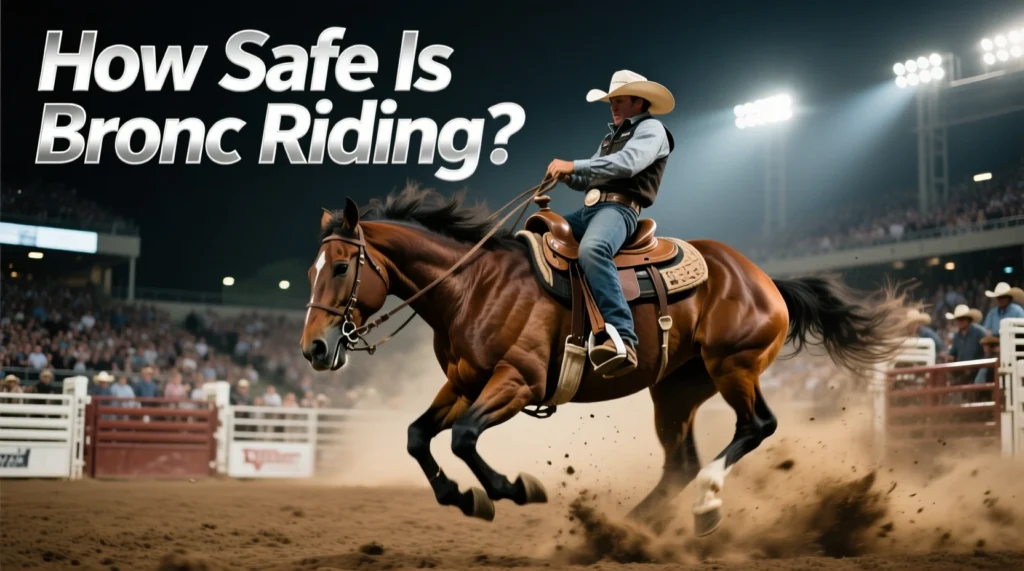What is a Steer Wrestler? Explore the world of steer wrestlers, the athletes of bulldogging. Learn about the history, rules, techniques, and top competitors in this premier rodeo event.
In the dust and thunder of the rodeo arena, one event stands out for its sheer boldness and speed: steer wrestling. If you’ve ever asked, “What is a steer wrestler?” The simple answer is a highly trained athlete who jumps from the back of a running horse onto a several hundred pound steer and wrestles it to the ground in a matter of seconds. But that simple definition barely scratches the surface. A steer wrestler, or “bulldogger,” is a master of leverage, timing, and courage, performing a feat that is both an art and a science. This guide delves deep into the world of these modern-day gladiators, exploring everything from the event’s rich history to the precise physics involved in a winning race.
Table of Contents
The Bulldogger: A Profile of Power and Precision
A steer wrestler is more than just a strong shepherd. He is part of a special team and must have a unique combination of attributes:
- Physical Ability: It takes immense upper body strength, a powerful core, and explosive leg power to control an animal weighing over 600 pounds.
- Technical Skill: Success is not about brute force but about taking advantage. The wrestler uses the steer’s own speed and weight against him, making technique more important than muscle alone.
- Fearless Mindset: The act of sliding a horse traveling at 30 mph onto a running steer is inherently dangerous, requiring immense bravery and mental fortitude.
A Legacy Forged by a Legend: The History of Steer Wrestling
Unlike other rodeo events that grew out of ranch work, steer wrestling was invented by a single, legendary figure: Bill Pickett, a black cowboy and Wild West showman, in the late 1800s. Pickett’s original method, which involved biting the steer’s upper lip to suppress it (a technique called “bulldogging,” after the bulldog’s use of cattle control), captivated audiences. Although the lip-biting technique is no longer used, the basic principle of the event remains. Its legacy is so deep that the term “bulldogging” is still used interchangeably with “steer wrestling” today.
Deconstructing the Dismount: The Technique Behind the Takedown
What appears to be chaos is a carefully choreographed sequence. A typical race, which lasts between 3 and 10 seconds at the professional level, unfolds in four main phases:
- The Start: The steer is released from the saddle with a head start. The bulldogger and his “heiser” – a second rider who steers the steer straight – wait in a box behind a broken barrier rope. Breaking this barrier early results in a 10-second penalty.
- The Chase: Two riders gallop behind a steer reaching speeds of 30 mph. The heiser rides parallel to the steer, preventing it from turning, while the bulldogger lines up his horse slightly behind.
- “Slide and Grab”: At the most critical moment, the bulldogger slides out of his saddle, leaning from his horse toward the steer. He plants his feet in the dirt to act as a brake and grabs the steer’s horns with both hands.
- The Throw: Using his body weight and leverage, the wrestler swings the steer’s head up and to the side. This movement, combined with the forward momentum of the animal, pulls the steer off balance and towards it. The clock stops when the steer is flat on its side with all four legs and the head pointing in the same direction.
The Key Players in the Arena
| Role | Responsibility |
|---|---|
| The Steer Wrestler (Bulldogger) | The athlete who executes the takedown. |
| The Hazer | A fellow competitor who rides alongside the steer to keep it running straight for the wrestler |
| The Horse | A specially trained equine athlete, often a Quarter Horse, crucial for speed, positioning, and stability |
Rules, Scoring, and Penalties: The Framework of Fairness
Steer wrestling operates under strict rules, primarily those of the Professional Rodeo Cowboys Association (PRCA), to ensure safety and fairness for both human and animal participants.
- Scoring: This is a timed event. The clock starts when the steer’s nose crosses the score line and stops when the flag judge signals a legal takedown. The fastest time wins, with the world record being an incredible 2.4 seconds.
- Common Penalties:
- Breaking the Barrier: A 10-second penalty is added if the bulldogger’s horse leaves the box before reaching the designated starting distance from the steer’s head.
- Illegal Takedown: If the steer is not brought down properly or is “shocked” before being stopped, the competitor may receive a “No Time” (disqualification for that race).
A Contemporary Case Study: Jesse Brown, a Modern Master

- The Importance of “Horsepower”: Brown used a different, highly trained horse at each of his winning rodeos, emphasizing that the horse partner is as important as the rider’s skill.
- Financial Stakes: Top Bulldogs can earn significant income, with the top 15 competitors qualifying for the NFR in Las Vegas, where a win can be worth tens of thousands of dollars.
- The Grind: Brown’s schedule, from the Fort Worth Stock Show to San Antonio and beyond, illustrates the constant travel and dedication required to stay at the top of the sport.
Safety and Statistics: Managing the Risks
Steer wrestling is physically demanding and carries an inherent risk of injury. However, statistics show that it has an injury rate of 0.92 per 100 competing shows, one of the lowest of all rodeo events. Common injuries include bruises and sprains to the shoulders and knees.
For the animals, modern rodeos are closely regulated. Independent surveys have documented animal injury rates of about 0.05%, or less than one in 2,000 animals. Veterinarians are present at major events to ensure that animal welfare standards are maintained.
Expert Opinions: The Athlete’s Perspective
While the search results do not contain a direct quote from a current steer wrestler, the consensus from official sources and historical context is clear. Success is defined by perfect coordination. As the PRCA and rodeo experts have summarized, elite performance is the product of “perfect harmony between horse, rider, and timing.” This emphasizes that a cowboy’s skill lies not simply in his own strength, but in his ability to coordinate with his horse and steer to execute a flawless race.
Frequently Asked Questions for What is a Steer Wrestler?
What’s the difference between steer wrestling and bulldogging?
There is no difference. “Bulldogging” is the original term from the Bill Pickett era, while “steer wrestling” is the modern name used in professional rodeo. They refer to the exact same event.
How dangerous is steer wrestling for the cowboy?
It is considered one of the more physically demanding and dangerous rodeo events due to the high-speed dismounting and handling of the heavy animal. However, statistically, its injury rate is lower than rough stock events such as bull riding.
What kind of horse is used in steer wrestling?
The preferred breed is the American Quarter Horse, selected for its explosive speed, agility, strength, and calm temperament while remaining stable under pressure.
How can I watch steer wrestling?
You can see it at almost any professional rodeo across the country. Major events to look for include the National Finals Rodeo (NFR) in Las Vegas, Cheyenne Frontier Days in Wyoming, and the Calgary Stampede in Canada.








